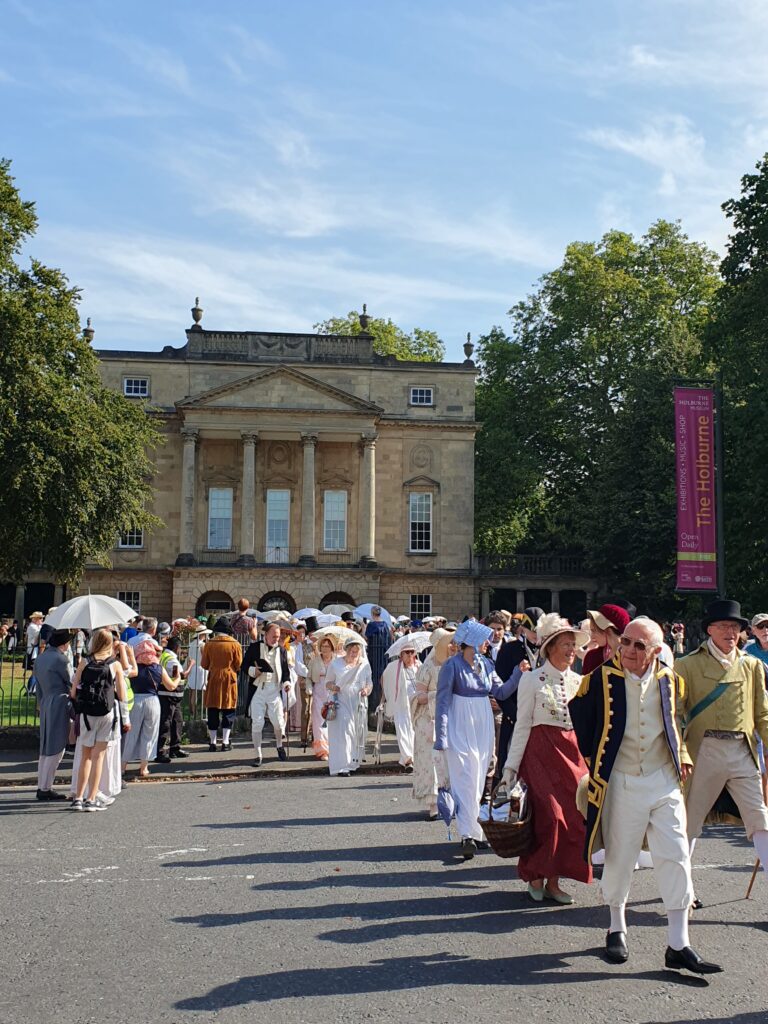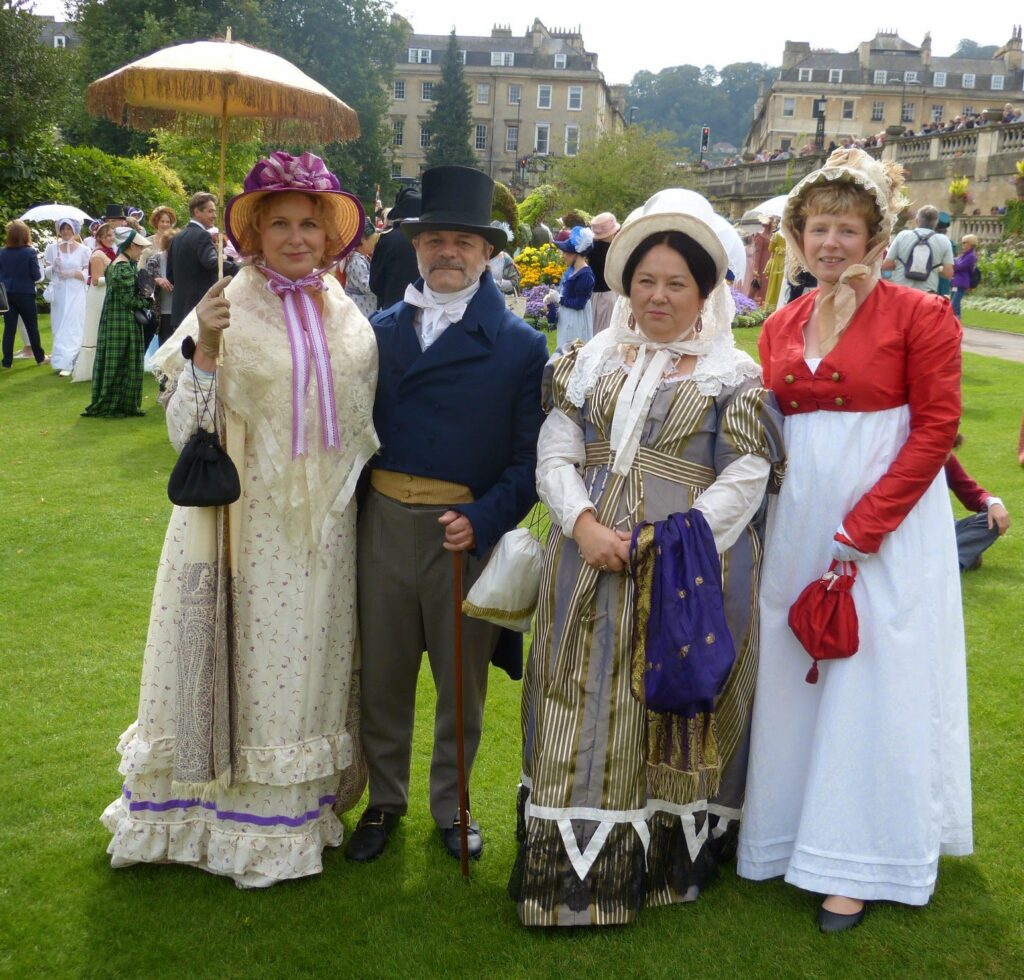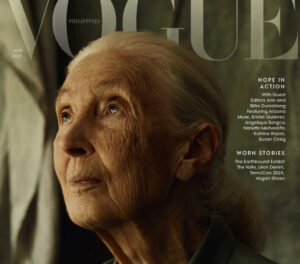It is a truth universally acknowledged that an author with a fan base as devoted as Jane Austen’s must be in want of a massive birthday blowout. This December will mark the 250th anniversary of Austen’s birth, and admirers of the novelist—self-styled Janeites—are not about to let the milestone pass quietly. The festivities have already begun to take shape in Bath, England, a city so deeply entwined with Austen’s life and fiction that its Georgian crescents and cobblestone squares almost feel like backdrops conjured from her prose. For the next ten days, Bath will be transformed into a living stage for Regency-era delights: dances, parades, whispered intrigues, and yes, an abundance of empire-line gowns and bonnets.
Why Bath?
The choice of Bath is more than ceremonial. Austen lived in the city between 1801 and 1806, and though she reportedly had mixed feelings about its bustling social scene, it became a crucial setting for two of her six completed novels—Northanger Abbey and Persuasion. Both works frame Bath as a place where characters flirt with freedom, test their social ambitions, and sometimes fall prey to the intoxicating pressures of wealth and marriage markets. It is only fitting, then, that Bath should host the most ambitious tribute yet to the author whose works still shape how we imagine love, wit, and irony in the English countryside.
Walking through the city during this anniversary festival is like stepping into an elaborate tableau. Shopfronts are dressed with Regency flourishes, tea rooms brim with costumed readers, and the very air hums with the peculiar energy of communal make-believe. It is not simply a gathering; it is a full immersion into Austen’s world.
The Festivities
At the center of the celebration lies the grand Regency ball. No Austen commemoration would be complete without a dance, and Bath’s Assembly Rooms, with their soaring chandeliers and polished floors, provide the perfect venue. Here, guests practice their reels and quadrilles to the music of period instruments, rediscovering the physicality of courtship rituals that once carried as much social risk as reward. For some, it is pure play; for others, it is a pilgrimage, an opportunity to embody Austen’s heroines and heroes, if only for a night.
The parade may be even more spectacular. Organizers proudly advertise that the event holds a Guinness World Record for the “largest gathering of people dressed in Regency costumes.” To witness hundreds—sometimes thousands—of participants in breeches, bonnets, waistcoats, and flowing gowns is to appreciate the scale of Austen’s cultural reach. She is no longer simply an English novelist of the early nineteenth century; she is a global touchstone, her stories woven into the imaginative fabric of readers on every continent.
And then there are the smaller pleasures: lectures and readings by Austen scholars, tours of her Bath addresses, workshops on Regency fashion and etiquette. Visitors can sip tea as they discuss whether Darcy’s initial aloofness is forgivable or debate whether Anne Elliot’s steadfastness makes her Austen’s most underrated heroine. These conversations, sprinkled across cafes and gardens, are as much a part of the festival as the marquee events. They mirror the drawing-room conversations Austen herself once overheard and refashioned into prose.
A Cultural Ritual
The ritual of dressing up and slipping into character may strike outsiders as eccentric. Yet for Janeites, it is a way of collapsing time, of forging intimacy with an author long gone. Putting on a bonnet or donning a waistcoat allows participants to imagine what it might have felt like to negotiate the subtle hierarchies of a Regency ballroom or to eavesdrop on whispered confidences in Bath’s Pump Room. The act of play—of pretending, however briefly, to inhabit Austen’s world—is itself an homage.
Moreover, such festivities remind us of Austen’s enduring relevance. While the gowns and manners belong to the early 1800s, the themes—ambition, love, reputation, financial security—remain startlingly contemporary. To parade in costume is not to escape reality but to refract it through a familiar lens, acknowledging that the concerns of Elizabeth Bennet or Emma Woodhouse are not so alien from our own.
The Whispered Joke
The festival even indulges in Austen’s brand of irony. Promotional material winks at the novelist’s famous opening line by inviting guests to “fall in love while whispering in corners about other people’s incomes.” It is both playful and pointed: a recognition that gossip, wealth, and romantic speculation fueled Austen’s plots and continue to fuel our obsessions today. The line underscores what Janeites understand instinctively—that the appeal of Austen’s novels lies not only in their romance but in their sharp dissection of social theater.
Global Janeites
Though the celebration takes place in Bath, it resonates worldwide. Jane Austen societies from the United States, Japan, Australia, and beyond are sending representatives, many of whom see themselves as cultural ambassadors for the novelist. Online communities buzz with updates and photographs; hashtags carry images of lace gloves, carriages, and candlelit dances to digital audiences who may never set foot in Bath but still feel connected to its streets through Austen’s words. In this way, the anniversary transcends geography, affirming Austen as a global phenomenon.
Impression
As December approaches and the official 250th birthday arrives, other tributes are expected to unfold—exhibitions of manuscripts, new editions of her novels, perhaps even adaptations that attempt to recapture her spirit for modern screens. Yet it is the Bath festival, with its mix of sincerity and spectacle, that captures what Jane Austen means to her admirers. It is not simply about literary appreciation but about community, ritual, and joy.
Two hundred and fifty years after her birth, Austen continues to generate not only scholarly analysis but lived experience. Her readers want to dance, to gossip, to costume themselves in the theater of her world. And if the Guinness World Record parade is any measure, they want to do so together, in numbers large enough to astonish even the most skeptical observer.
If Austen herself were to stroll through Bath during these ten days, what would she make of it? Perhaps she would arch an eyebrow at the extravagance, laugh at the earnestness of strangers in borrowed finery, and then, quietly, delight in the spectacle. After all, she was a chronicler of human folly and festivity, and here is folly and festivity in abundance.
The truth remains universally acknowledged: Jane Austen is not merely read—she is celebrated, embodied, performed. Two and a half centuries on, she continues to inspire not just readers, but communities determined to keep her world alive through wit, dance, and whispered confidences in candlelit corners.
No comments yet.









